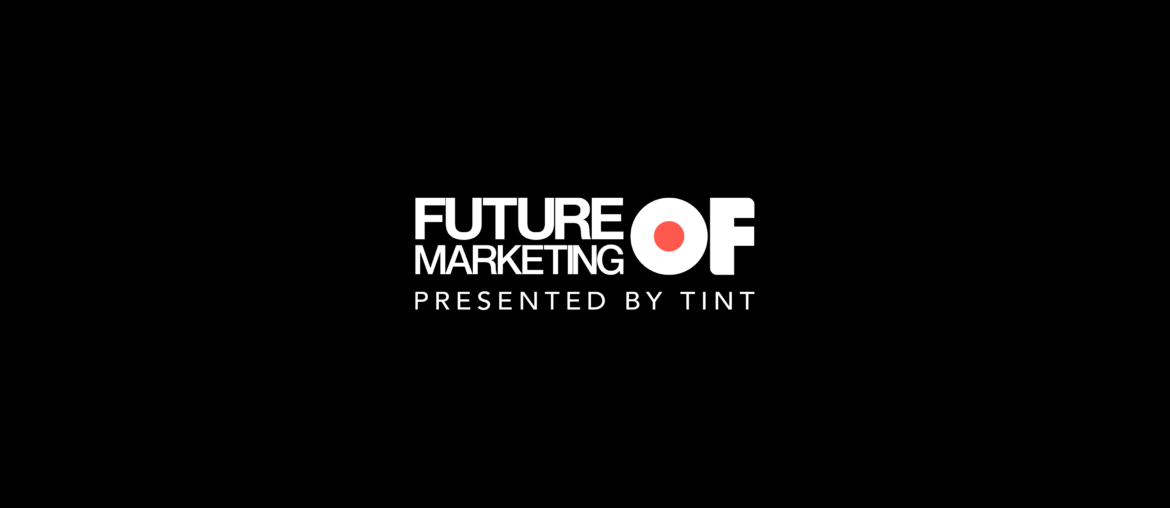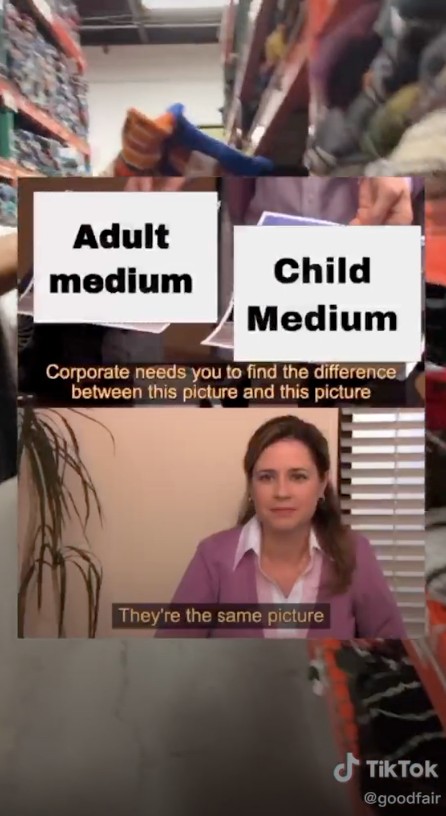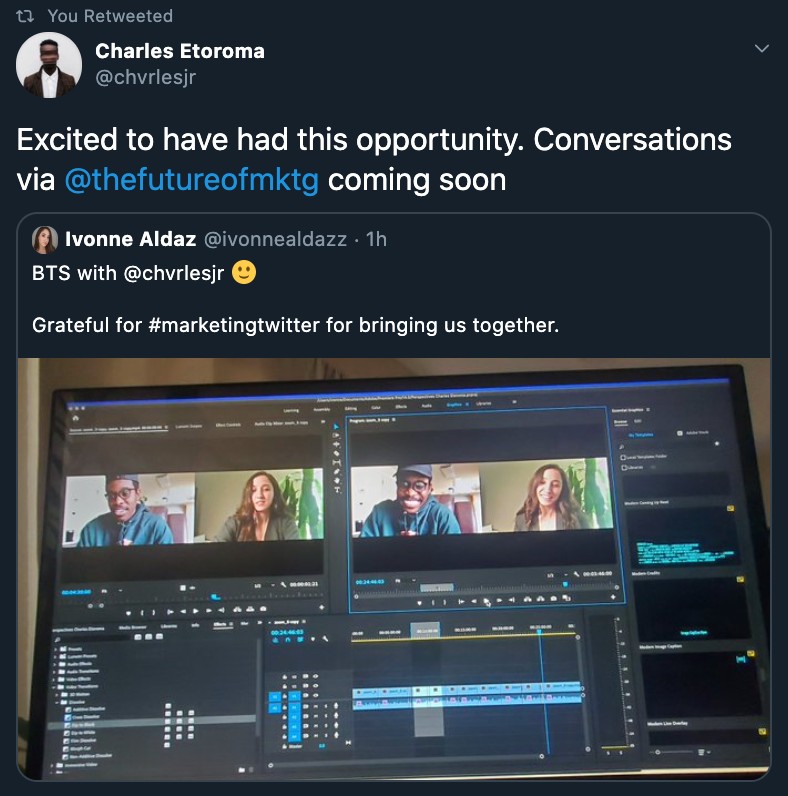This content originally appeared on December 10, 2020 as part of the Future of Marketing weekly email series. Subscribe here.
Welcome to Future of Marketing.
Each week, we send you the most relevant trends, resources, and strategies in social and user-generated content (UGC) from marketing leaders around the globe.
This week, we’re covering:
- UGC as a form of Influencer Marketing
- The neuroscience of marketing
- What Guitar Center taught us about UGC
Define “influencers”
User-generated content (UGC) is a form of influencer marketing that can foster community and build trust among your fans.
But there is a discrepancy with what the term “influencer” really means.
Unlike celebrities, an influencer can typically be anyone – an artist on Instagram, a talented stranger on TikTok, a CEO on LinkedIn, your teammate, or a marketer who loves to build and tweet.
For the most part, influencers are regular people who have established a reputation as experts within a certain area. But what makes people influential is their *engaged* audience – not necessarily their follower count.
UGC, on the other hand, is a special form of influencer marketing because it is relatable, dynamic, and it is created without expectation. With UGC, you can track trends, feedback, conversations, sentiment – and quickly adapt to meet the changing needs of your fans and customers.
Ad analysis and locking power
Creating captivating content is easier said than done.
To create engaging campaigns, a neuromarketing study by Neurons, Inc. suggests your ad should:
- Capture attention
- Be clear and understood
- Trigger positive emotions
- Have a memorable message
Goodfair, an eCommerce brand, checked off each box by responding to a customer complaint (*ahem* UGC) with this TikTok video to comically admit their mistake…
They even tried to play matchmaker for their nice customer.
To ensure ad memory, we saw that price and ads with both emotional and rational elements were more likely to be remembered, while ads with a CTA were less likely to be remembered.
Neurons, Inc
Did you catch that? 🧐
Additional Resources
- UGC lessons from 2020 and how to plan for 2021 [Social Media Today]
- Lowe’s CMO on how the pandemic strengthened the brand [Marketing Dive]
- Gen Z makes up 25% of the population and 48% minority [Inc]
- The first-ever Future of Commerce Report 2021 is out [Shopify]
- BLOG: Why does UGC even matter? [TINT]
- SNEAK PEEK: We interviewed Charles Etoroma, Sr. Social Strategist at Express. Stay tuned and give us a follow 👉🏽 [Twitter]
#BrandCrush: Guitar Center 💘
Each week in #brandcrush, we highlight exceptional brands that are channeling their customers’ voice to connect more authentically with their audience.
Guitar Center launched its ‘Make Music’ campaign – featuring 25 artists sharing the inspiration behind their creativity and passion for music.
This campaign succeeds because Guitar Center shares the stories of talented influencers to engage *and* influence fans to submit content (UGC inception 🤯).
The UGC shared under #WhyWeMakeMusic is then collected and re-shared across key channels, including YouTube, social media, and a special TINT-powered gallery on its website.
Overall, Guitar Center displays inspiring UGC within multiple touchpoints to engage and connect with fans from various angles.
We hope that visitors to our website and subscribers to our YouTube channel find a lot of wisdom and joy in these videos leading up to the end of this very stressful year.
Jeannine D’Addario, Guitar Center’s Chief Marketing and Communications Officer
Office hours ⏰
Every once in a while, we gather our team of experts to answer your
burning questions about UGC. Interested in joining? Submit your question.





